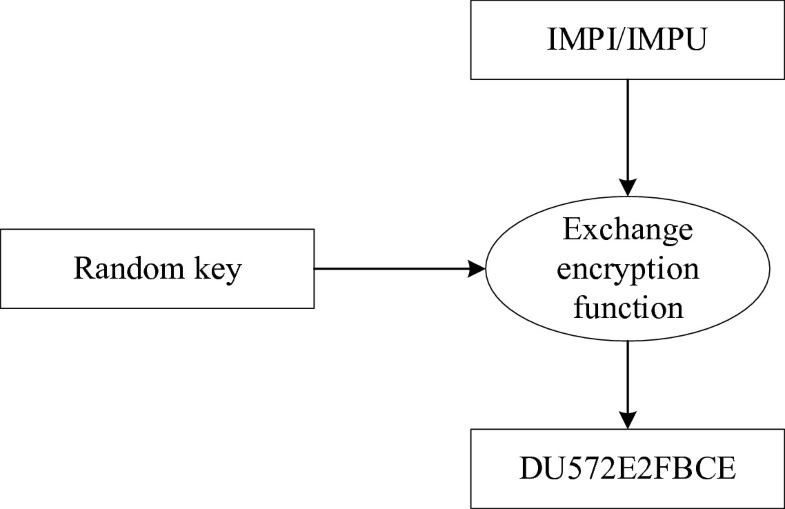
When this option is disabled, YogaDNS will quit when you close the main window. When you close the main window, YogaDNS keeps running while minimized in the system tray. You can manage the DNS Servers and Rules, clear the screen log by clickingĬlear Display and set the verbosity level for the

The elements of the toolbar correspond to the menu commands. The window has a menu, a toolbar and the log output, as seen below. To open the main window, click the YogaDNS icon on the system tray or taskbar.
DNC SERVER RANDOMLY OPENING WINDOWS
To make YogaDNS start automatically on Windows startup (user logon), enable You can now close the main window of YogaDNS, as it will keep running while minimized in the system tray. request : type=AAAA, server=10.0.0.1:53, program=nslookup.exe process : server=Google Public DNS (Plain, 8.8.8.8), rule=Default When a resolve gets processed by YogaDNS through a DNS server, you should see the log messages as below (set Screen Log to Verbose or Debug for more output): - request : type=A, server=10.0.0.1:53, program=nslookup.exe It is possible to create multiple Rules to resolve certain hostnames through selected DNS servers. An example of the Default rule is shown below. The Default rule will be executed if no other rules match the resolve request. You can use the persistent Default rule by double-clicking or clickingĮdit., or you can create a new one by clickingĪdd. Below is an example using the Google Public DNS.Ĭonfiguration->Rules via the menu or the toolbar icon. You can put in the server details manually or import them from DNS Stamps ( It is possible to block certain domains or force resolves through the selected network interfaces (default DNS servers will be used).Ĭonfiguration->DNS Servers via the menu or the toolbar icon and then clickĪdd. bypass : rule=DefaultĪt this point, you can manage DNS resolves with Rules. Still, you should see them in the log window as below: - bypass : rule=Default If there are no DNS servers or rules in YogaDNS all DNS queries are bypassed. By right-clicking, you can quickly access DNS Servers or Rules or To open the Main Window, left-click the icon. (If you do not see the YogaDNS icon, click on the arrow-like icon on the left side of the system tray.) Normally, when you start YogaDNS, it runs in the background and adds its icon to the system tray. When you start YogaDNS for the first time with an empty configuration, it will display the First Start Wizard window where you can choose from a number of predefined scenarios. Either of these actions will completely remove YogaDNS from your system. Start->YogaDNS->Uninstall YogaDNS or use the Windows Control Panel. Similarly, you can uninstall YogaDNS at any time. Simply run the YogaDNSSetup.exe setup program and follow the steps of the installation wizard. Both 32- and 64-bit editions are supported.
DNC SERVER RANDOMLY OPENING DOWNLOAD
YogaDNS is available as a download package at It can be installed on Microsoft Windows 7, 8, 8.1 or 10 or Windows Server 2012, 2016 or 2019. Installation is easy and straightforward.

Optionally, you can set the rules to be triggered only if there is a specific network or VPN connection available.įinally, with YogaDNS you can easily import publicly available DNS servers from the web, test them and find the best ones. You can process or block the resolves, choose the network interface, and so on. YogaDNS allows you to define and use multiple DNS servers and pools simultaneously and set the rules based on hostname mask.

YogaDNS captures DNS requests at the system level and processes them according to your configuration and rules.Įven if you do not plan to use modern DNS protocols yet, you can get a lot of benefits and powerful features. In other words, there is no need to change any existing DNS settings in multiple places. The key feature of YogaDNS is the system-level integration. Additionally, YogaDNS features built-in support for NextDNS. DNSCrypt can be anonymized through relays. It can resolve hostnames over DNSCrypt, DNS over HTTPS (DoH) and plain (standard) DNS protocols as well as perform DNSSEC validation (local and remote). YogaDNS helps to resolve all these problems and move DNS to the next level. To address these problems, a number of improvements and new protocols have been suggested, but unfortunately, they are not well supported, even by the latest operating systems and apps. The standard DNS protocol is very old and cannot satisfy the requirements of modern networking, including security, flexibility and reliability. It translates human-readable names, such as to IPv4 or IPv6 addresses that can be accessible through a network. The Domain Name System (DNS) is the fundamental component of Internet communications.


 0 kommentar(er)
0 kommentar(er)
